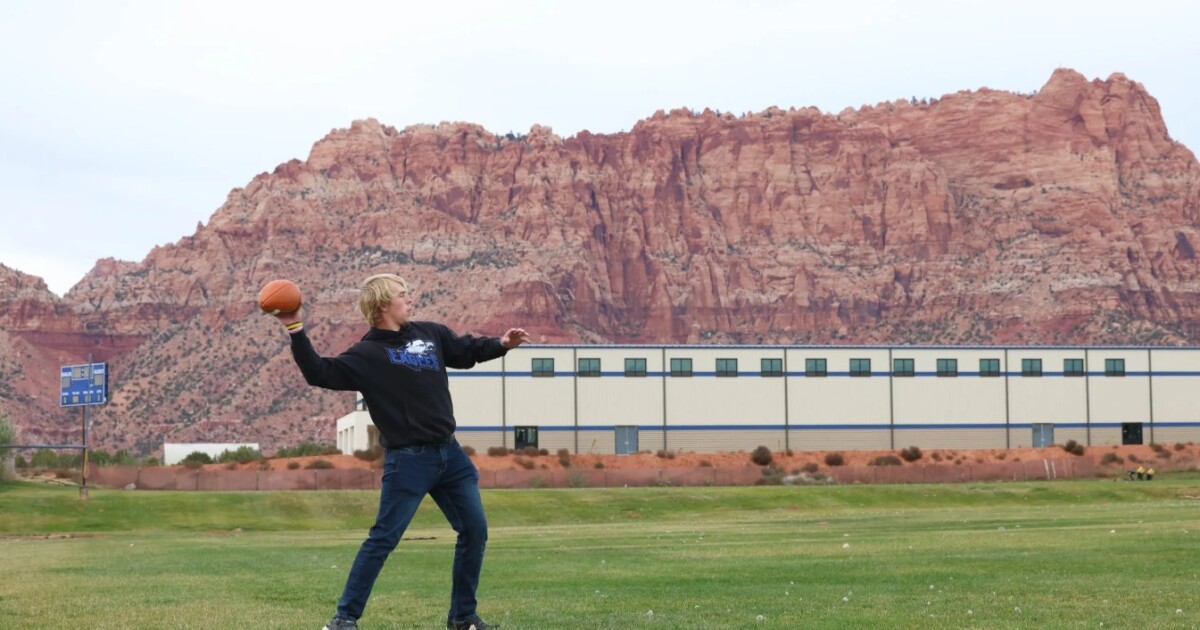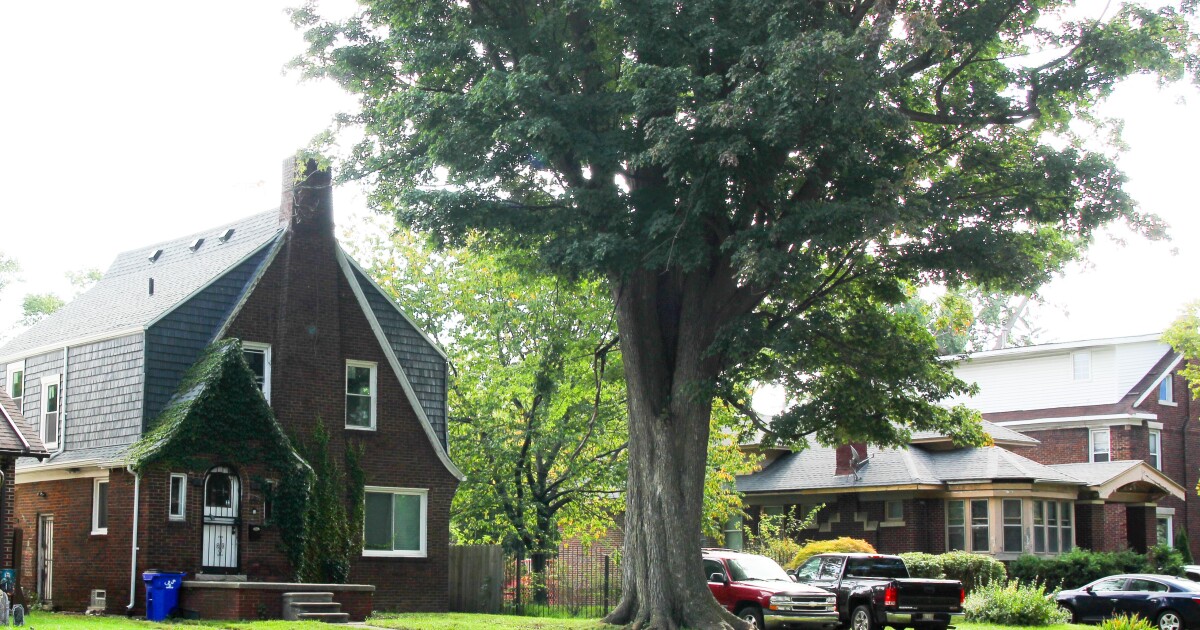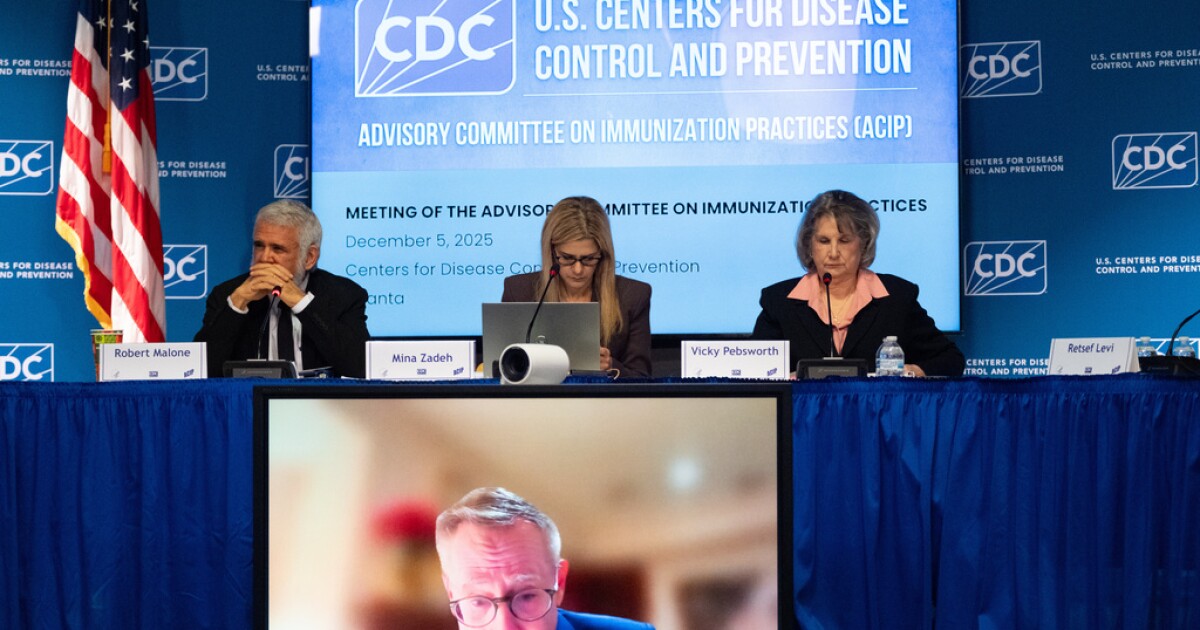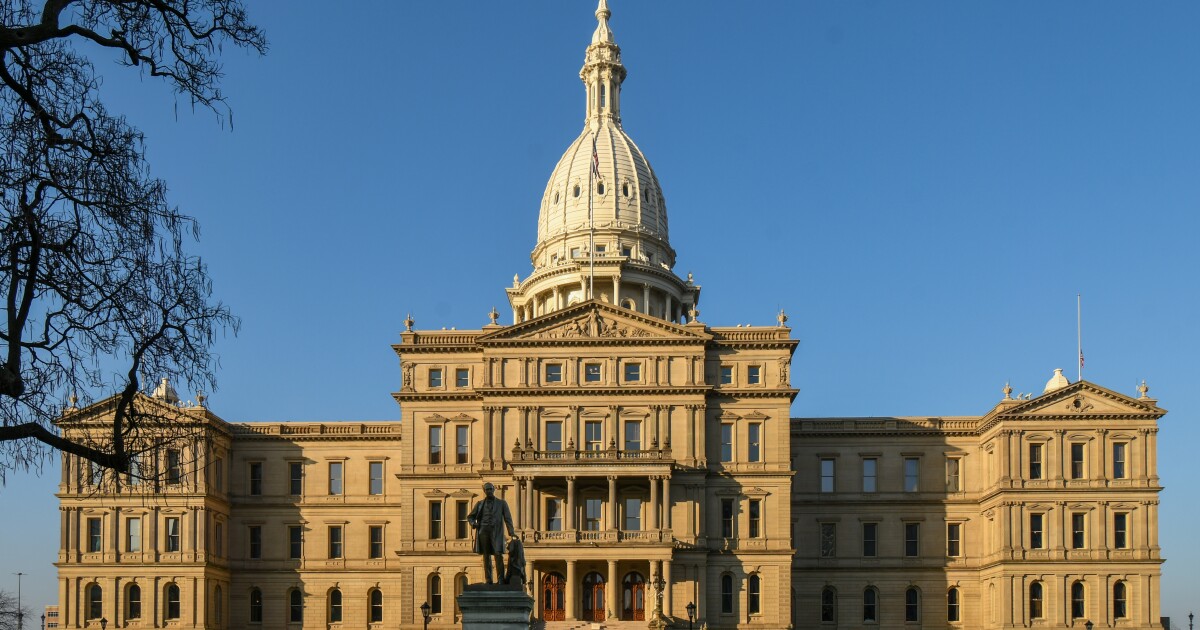Residents of Charlo in northwestern Montana have been warned that infants, the elderly, and those with liver problems should avoid drinking the town’s tap water due to elevated manganese levels. The advisory has stirred concern on social media, though officials emphasize that the water remains safe for most people. Manganese, a naturally occurring mineral present in rocks, soil, and water, is vital for nutrition but can be harmful in high amounts, particularly for at-risk groups like infants under one year old.
During routine testing on December 29, the Consolidated Charlo Lake County Water and Sewer District detected manganese levels of 0.158 mg/L and 0.161 mg/L. According to the U.S. Environmental Protection Agency, water with manganese levels exceeding 0.3 mg/L should not be consumed by the general population, and levels above 0.1 mg/L are risky for infants. EPA guidelines specifically caution against giving infants under 6 months water exceeding 0.3 mg/L for more than 10 days, as formula-fed babies already intake manganese from formula.
Drew DuMont, the district’s operator, reported that residents were alerted to the elevated manganese in January. The water district is conducting further testing, while noting that the area’s water naturally contains many minerals, often termed “hard water,” which can leave deposits. DuMont suggested that a manganese concentration from a pipe deposit might have influenced the test sample. “It’s not like (these levels) are way above what they normally are,” he stated. “We just want to keep everyone informed.”
Charlo officials recommend that vulnerable groups use bottled or filtered water. Boiling the water is discouraged, as it increases manganese concentration through evaporation. However, using the water is safe for bathing, brushing teeth, and washing dishes. Residents with specific health concerns are encouraged to consult a healthcare provider.
According to Eugene Pizzini of the Montana Department of Environmental Quality, manganese is commonly found in Montana’s water systems. Data from the Montana Bureau of Mines and Geology indicate that up to 16% of private and small public wells may exceed 0.1 mg/L manganese, 8% may exceed 0.3 mg/L, and 2% may exceed 1.0 mg/L. The EPA has considered regulating manganese levels but refrained due to its localized prevalence. Instead, it advises public notices for elevated levels. The DEQ is currently studying manganese levels in public water, exploring the possibility of more rigorous state regulations.
—
Read More Montana News










